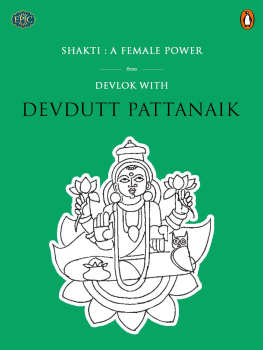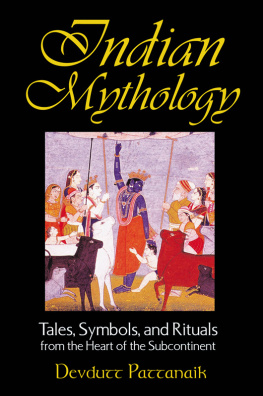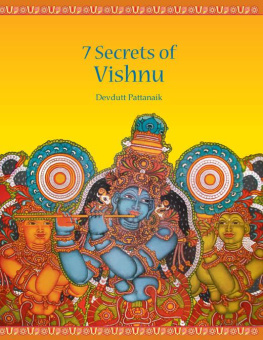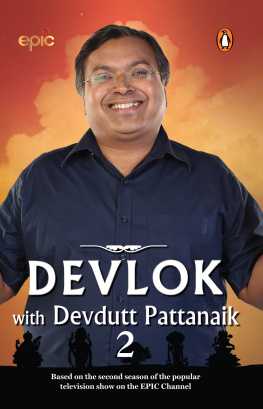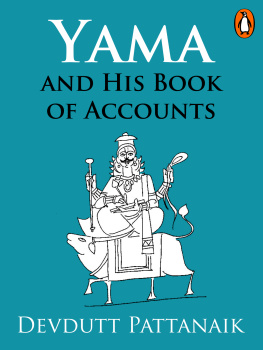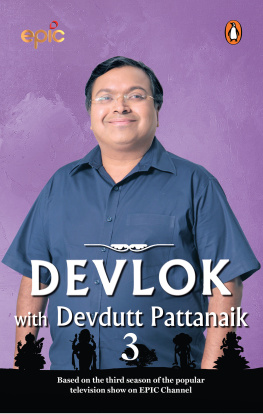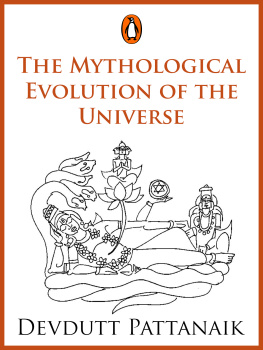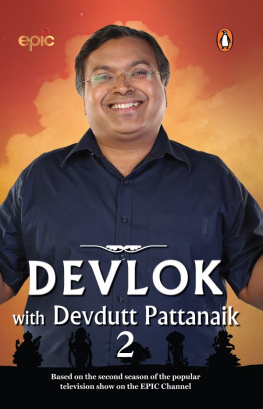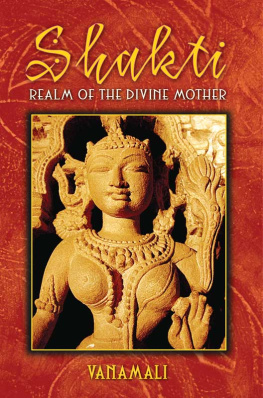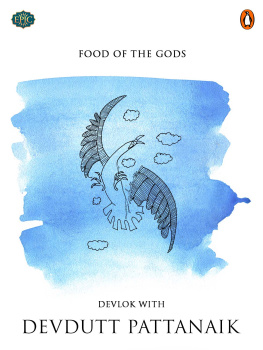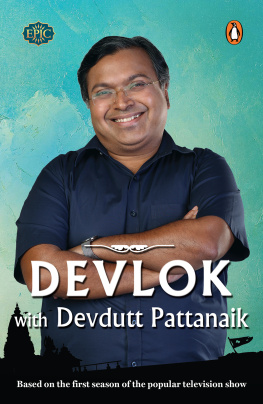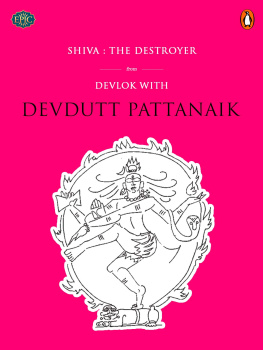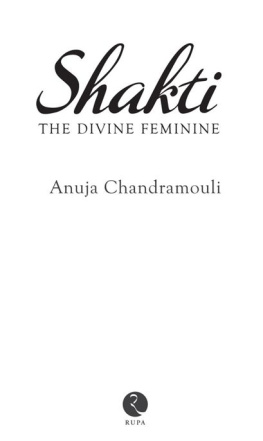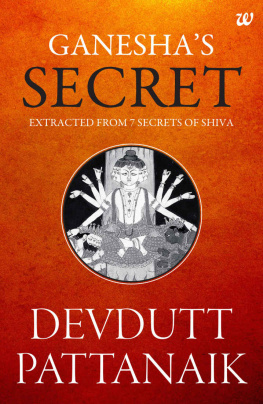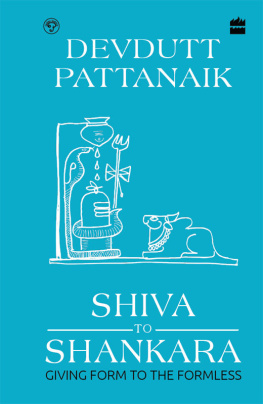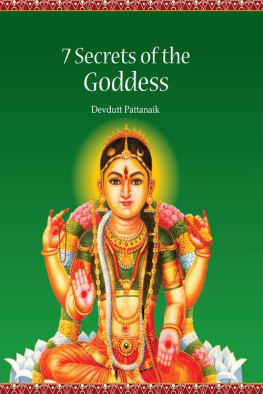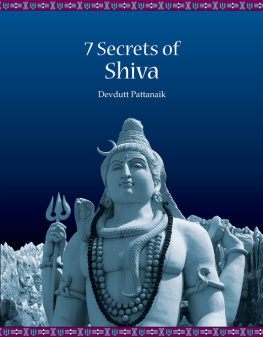Shakti
What is shakti? Is it the concept of divine cosmic energy? Is it a devi?
The Puranas use literary devices like metaphors, idioms, stories to convey concepts. There are two parallel forces in the universe. One is the inanimate, material force, which is tangible, sagun. The other is the one with life, prana shakti, which is intangible, nirgun. Trees, colours and even gender, among other things, can be used as a means of expressing a thought. So, the sagun has been described through the female form and the nirgun through the male form. Our human body is split into two parts: the perceptible, palpable flesh, sagun, and the mind, which cannot be seen or touched, nirgun. The former is called prakriti, nature, shakti, and the latter is atma, soul. Once the atma leaves the body, the body becomes lifeless, although you can still see and feel it. prakriti remains, and that is the feminine aspect. In Sanskrit, it is called the world of naam and roop, that is, name and appearance, which is identifiable, thus sagun; the other world is different from or beyond this.
There are fascinating stories about devis like Saraswati, Parvati and Lakshmi, in which they invariably have a more significant role to play than the male gods. Please throw some light on this.
If you look at it from a feminist angle, its a malefemale divide, but if you look at it spiritually, the male godsthe Trimurti (Brahma, Vishnu and Shiva)are creating, sustaining and destroying. All these are action words, verbs. On the other hand, Saraswati is associated with knowledge, Lakshmi with wealth, Durga with shakti, powerall these are nouns. Knowledge, wealth and power exist in the world, but you need someone to create, sustain and destroy them. Similarly, in grammar, you need both verb and noun to form a sentence. Male forms are associated with verbs and female forms with nouns, and together they form language.
The three devis are forms of Shakti and are the consorts of the three gods. Arent the Tridevi superior to the Trimurti?
You cannot separate devas and devis. Different sects have different beliefs: in the Shakta tradition, the Goddess is most superior, whereas in the Vaishnava tradition it is Vishnu. But taken together there is no clear case for one being superior to the other. Just like man and woman, one cannot exist without the other. This is represented in Shivas Ardhanareshwara form, where he is half-man, half-woman. In many temples, you will find depictions of dampatya, married couple, to show this principle. To live, you need both mind and body; you cannot separate them.
There is a saying that Shiva without Shakti is shav, dead. Tell us about this.
There is a story about a time when, upset by Shivas aloofness towards her, Parvati leaves him, saying he doesnt realize that he needs her for it is she who looks after him and his devotees. Later, Shiva witnesses a famine and people leaving for Kashi because it is fertile. He finds Parvati feeding people and asks her for food, saying he needs her.
The philosophy here is that the living will always experience hunger because they have a body to sustain. This is a story about hunger. Shiva is a great tapasvi and a god, and has conquered hunger. Devi tells him, You may be great but not your devotees who still feel hungry. Will you tell them to meditate or give them food? The story talks of the basic reality of life.
Sometime during the ancient period, sages began giving sermons about relinquishing desire to obtain moksha, and so on. Women said that while these ideas were profound, children would still bawl with hunger. The husbands wished to settle in dhams, holy places, and become vairagis. But even they would feel hungry towards the evening. The women told their menfolk that unless they worked, tilled the fields, engaged in trade, etc., they could not expect to run the household. This concept is illustrated through the simple exchange between Shiva and Shakti.
The form of Shakti here is Annapurna, who tells Shiva that on Kailasa, where he resides, no one is hungry, but in Kashi, where ordinary people reside, everyone feels hungry. Will Shiva not serve them? So, Shiva descends from Kailasa to Kashi, and becomes Shankara Bhagavan who grants people vardaan and food. It is interesting that Annapurna, the goddess of the kitchen, who cooks food, is married to Shiva who is never in need of foodso, whom is she cooking for? And Shiva is known as bhiksha-tan, he who asks for alms of food; since he never feels hungry, he is asking not for himself but for his devotees.
The dual message here is that while you seek food, you should also prevent your hunger from growing out of proportion, otherwise it gives rise to greed. Theres also a concept of striking a balance between greed and contentment. Shiva is talking of contentment, while Shakti is focused on food and other desires. We have to find equilibrium between becoming greedy and renouncing the world.
There is a famous story about Devi Mahatmya. During festivals in south India, plays based on this story are performed. Tell us about this form of the Devi.
Devi Mahatmya is a famous story about Durga. Durga is worshipped in Bengal during Dussehra, in Gujarat during Navaratri when the garba dance happens, during the jagrata in north India, etc. Devi Mahatmya came in late after Vishnu Purana but is very powerful, and probably arose out of folklore.
The story goes that the asura king Rambha and Princess Mahishi get married and have a son, Mahisha-asura, who can take the form of an animal at will. After years of doing penance, he is granted a boon by Brahma: no deva, asura, animal, or even the Tridev can kill him. Mahisha gains immense power and defeats all the devas of Indra-loka easily. A troubled Indra seeks the help of the Trimurti. They find a loophole in the boon, and create a woman. Shiva gives her his trishul, Indra gives her his vajra, Agni gives her a bhal and Surya gives her the power of ten thousand suns. Raja Himavan gives her a lion as a vehicle and Vishnu gives her the name Durga. With this arsenal, Durga fights a pitched battle, and the number of dead asuras, rakshasas and elephants keeps rising. The last asura to enter the battlefield is Mahisha and the battle intensifies. Mahisha keeps changing forms to attack her, but she destroys each one, ultimately killing him with Shivas trishul.
If you observe the idol of Durga carefully, she is dressed in red, in jewels, and looks like a bride, but she has weapons in her hands and is killing a buffalo. It is a violent image. The concept here is that for bhoga, to satiate hunger, you need to offer sacrifice, to kill. Even for cultivation, you burn a forest, kill snakes, rats. So whether it is vegetarian or non-vegetarian, food is acquired through violence. Grihastha jeevan, the householders lifewhere there is dhan, dhanya, sampatti, wealthentails violence. The extent of violence depends on your viveka, conscience. This is the niyam, rule, of prakriti.

